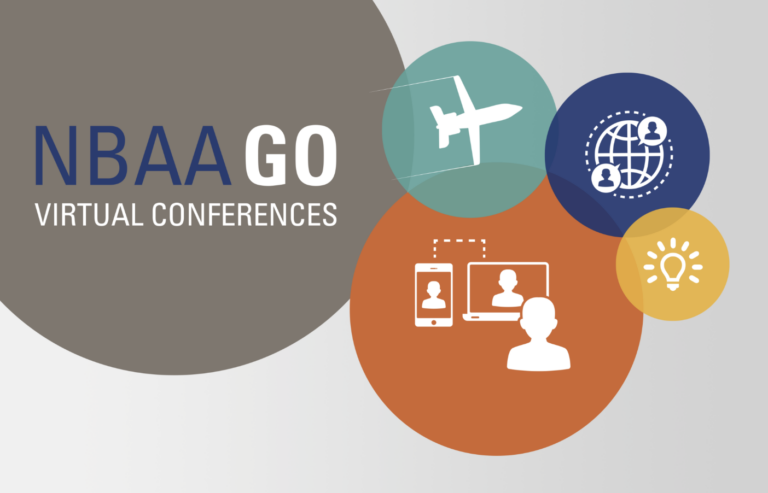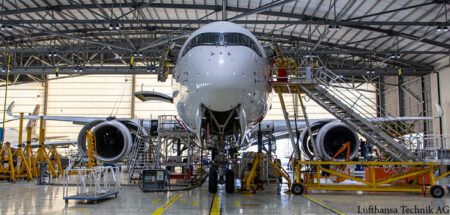The COVID-19 pandemic is not preventing business aviation operators from getting the latest maintenance-related information and enhancing their professional development. On May 4, NBAA launched its 2020 Virtual Maintenance Conference, a robust series of 11 weekly sessions that promise to be timely and educational, with industry experts sharing must-know information on business aircraft maintenance in an interactive format.
“With sessions running until July on such critical topics as FAA regulatory updates, SMS compliance, maintaining data link and sustainable aviation fuels, the 2020 NBAA Virtual Maintenance Conference will cover a diverse series of topics of importance to directors of maintenance and maintenance departments,” said Stewart D’Leon, NBAA director of technical operations.
The conference kicked off with a keynote presentation from Jackie Black, division manager for the Aircraft Maintenance Division of FAA’s Office of Safety Standards. “The recent COVID challenges have redefined how we do business and changed a lot of our priorities,” said Black. “Some of the things we’ve learned over the last few months are going to be precedent setting and are going to change the way we do business henceforward.”
Black noted some recent personnel changes in his division as well as some efforts that were underway even before the COVID crisis, such as UAS – “more critical now than ever” – and workforce development initiatives. “We realise that the agency has an impact on the flow of IAs, mechanics and pilots,” said Black. The FAA official said that Part 147 continues to be a priority and that the COVID experience is making clear that some Part 147 rules need to be modernised. However, Black stressed the importance of maintaining an equivalent level of safety, noting that some actual classroom scenarios just can’t be done remotely.
Greg Hamelink, senior manager of flight operations and maintenance for Stryker Corp. and chairman of NBAA’s Maintenance Committee – which has worked hard to put on informative and timely maintenance conferences, including the current virtual one – noted the recent SFAR issued by the FAA which has provided some regulatory relief to aviation entities. With regards to IAs, Black said that the SFAR allows a 90-day extension to meet the currency requirement, and that the agency is working with providers to see how they can make courses more efficient.
Regarding virtual return to service, Black said that “almost every aspect of the FAA’s job can be augmented or enhanced by virtual means.” He encouraged the industry to take advantage of video communications technologies (VCT) and vowed to help make sure that regulations or policies don’t stand in the way of using them. “Depending on the quality of those technologies, we are pretty sure that we can leverage them remotely,” said Black.
MMEL/MEL relief is still being worked on and there will be greater detail on that in the coming weeks, Black indicated. “The last session of this series on July 27 will do a deep dive on the FAA’s MEL/STC relationship,” added Hamelink.
ADS-B continues to be a challenge, despite the Jan. 1, 2020, implementation date. “We’ve seen a spike in non-conforming flight IDs,” said Black. On just one day even during the pandemic, 611 ID errors were observed. Black attributes this to improper configuration and other problems. He recommended that operators use the online ADS-B performance monitor, which allow them to check their own system performance.
Maintenance directors and others who normally attend the annual Maintenance Conference are encouraged to register for the in-depth series of sessions provided by this virtual event. Participants can receive 0.25 credits toward Certified Aviation Manager (CAM) for each session, as well as credit towards FAA Inspection Authorisation (IA) renewals. Learn more about NBAA GO at nbaa.org/go, and register for NBAA’s Virtual Maintenance Conference.





